I still remember riding beneath the orange streetlights of Surbiton, flat on my back in the rear of my parents’ Mini Traveller.
I was six, my brother three, and we were supposed to sleep on blankets laid behind the Mini’s folded rear seat. But the sensation of seeing buildings, trees and street furniture from this unusual vantage point made dozing difficult. And that was without factoring the staccato bounce of this estate car’s suspension or the rhythmic ascent through the gears following every halt for traffic lights.
The horizontal transportation of small kids, completely unbelted, would be illegal today, which is why you need to be of a certain age to have experienced this less-than-usual use of an estate.
'Traveller' was the British Motor Corporation’s name for a wagon version of a saloon, the use of the word 'estate' for the British breed of these beasts of burden apparently emerging in the 1950s to replace 'station wagon' (as still favoured in the US) or, for the comfortably off, 'shooting brake'.
Estates were especially popular in the era when saloons dominated UK sales, their yawning tailgates and flip-down rear seats capable of swallowing much bulkier objects – or a vastly greater quantity of smaller ones if you didn’t need the back bench.
Estates weren’t glamorous, especially once they were associated with sales reps carting photocopiers or samples across the country. In the heyday of the standard-issue company car, when huge companies bought huge numbers of essentially the same model, the Ford Cortina and Ford Escort estates dominated, although almost every maker of medium and large saloons offered a wagon as well.
It wasn’t only fleet managers who bought estates but families too, these long-roofed five-door cars easily coping with everything from the daily commute to the annual holiday, possibly with caravan. Big families could choose from Citroën’s triple-row DS and CX and Peugeot’s similarly furnished 403, 404 and 505, although these big machines weren’t cheap. Another pricey wagon came – unexpectedly - from Reliant, whose Scimitar Coupé was ingeniously reworked by Ogle into a four-seat, three-door sports estate of decidedly handsome lines. It was one of the earliest sports estates.

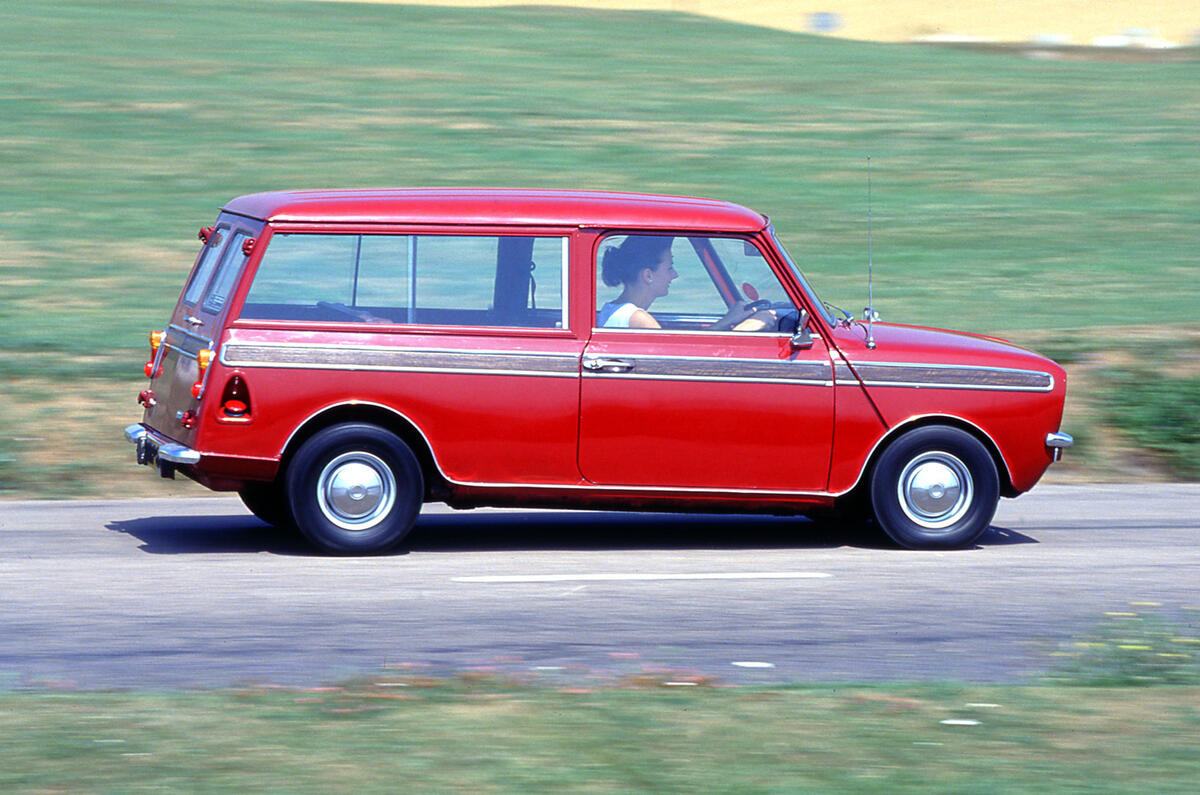
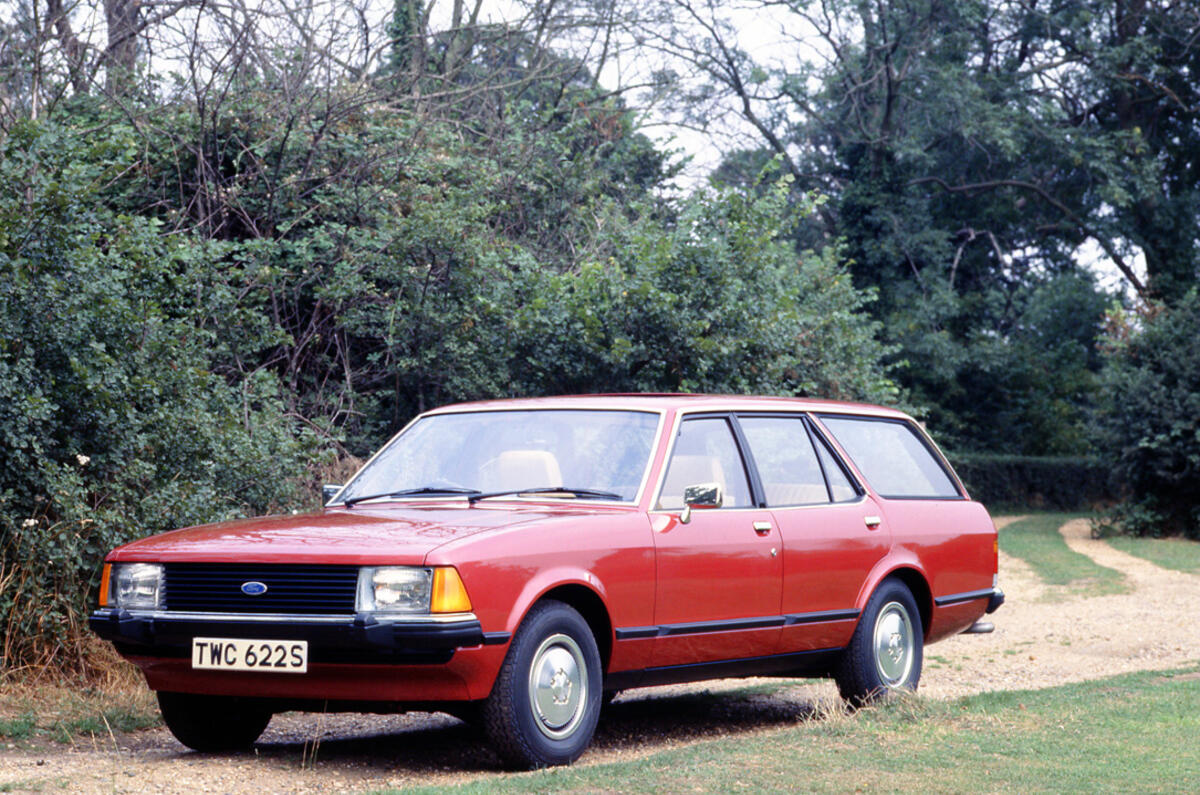
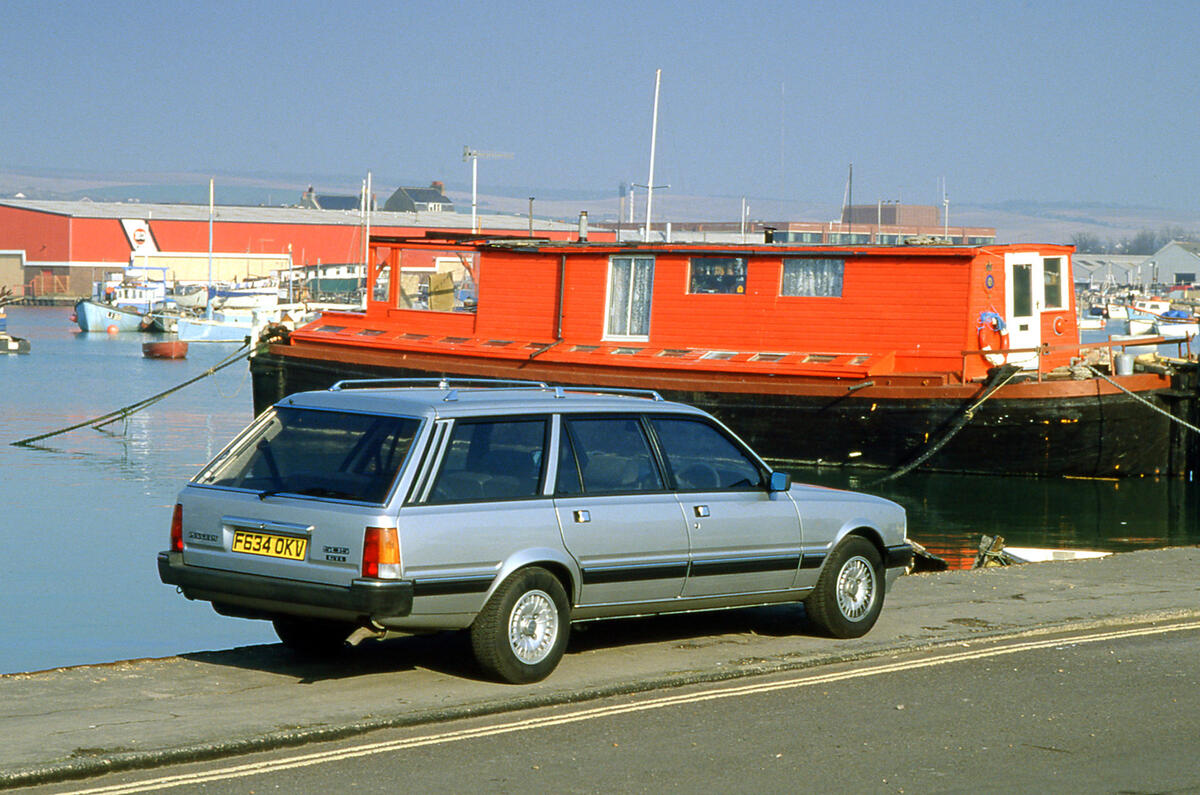

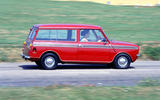
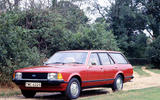
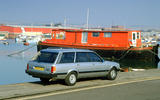
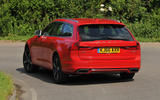




Join the debate
Add your comment
Estate cars are ace. SUVs are stupid.
Your right
Two adult mountain bikes(with the front wheels on) in the back, a nice low sill and still small enough to park at the supermarket. As long as you have three individual tilt/fold/removable seats nothing makes more sense for me.
Add in the dynamic compromises, necessarily former ride and lack of efficiency and you conclude the SUV trend is just plain nuts.